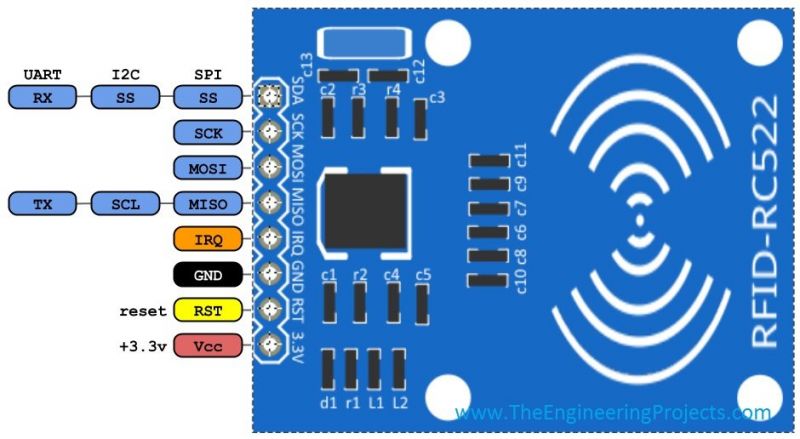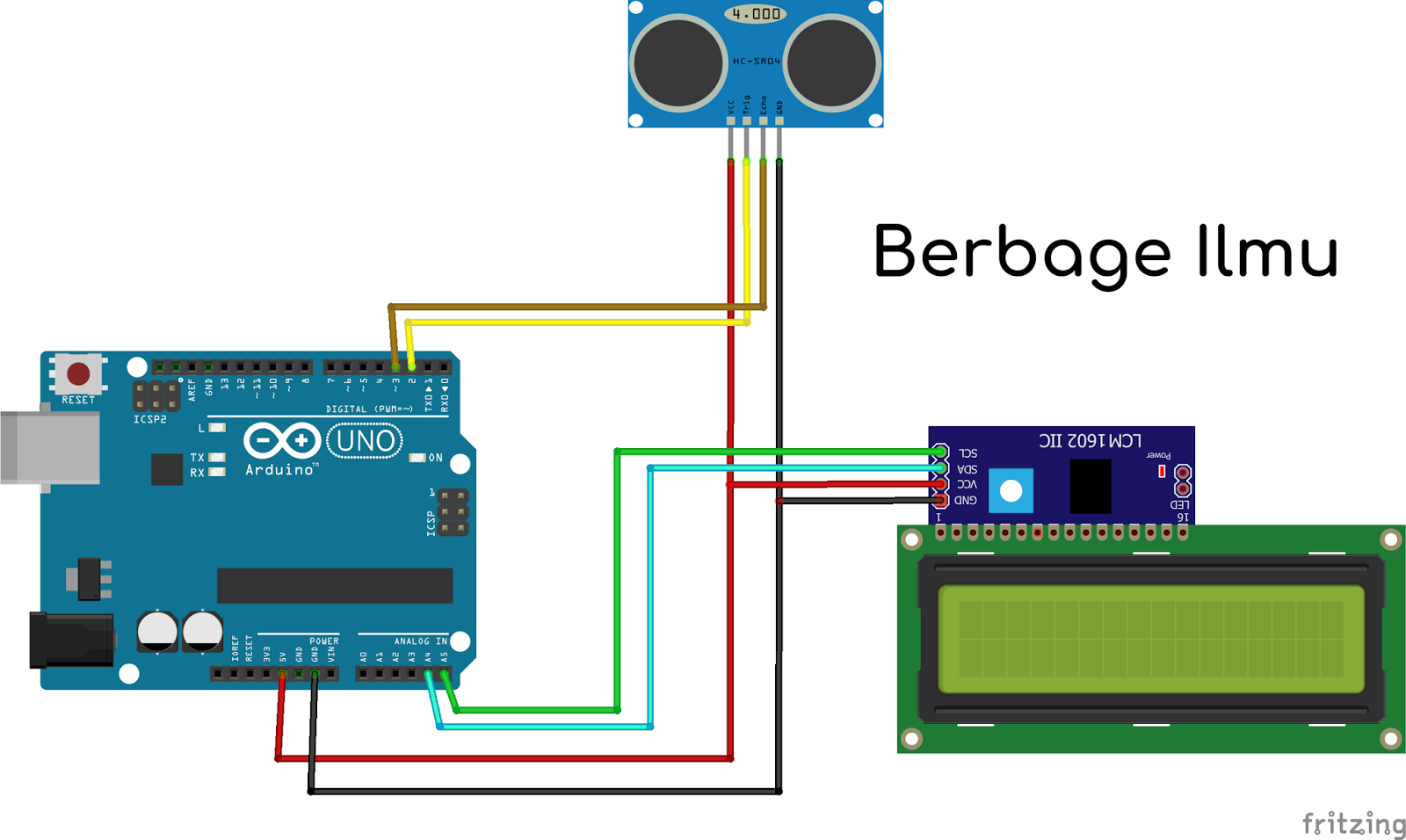

- Rangkaian arduino nano how to#
- Rangkaian arduino nano serial#
- Rangkaian arduino nano code#
- Rangkaian arduino nano download#
It made things quite easy and I have it up and running again. Well I found it today and was trying to figure out how the heck I had it wired up, did a search and took me back to this article. I found this article a long time ago, and since I had a lot of thermistors (pack of 25 for some strange reason!) I decided to hard wire one together to just have around in case I wanted to use it for some reason. move cursor to beginning of first line
Rangkaian arduino nano serial#
LCD.begin(9600) // set up serial port for 9600 baudĭelay(500) // wait for display to boot up SoftwareSerial LCD(10, 11) // Arduino SS_RX = pin 10 (unused), Arduino SS_TX = pin 11 Attach the serial enabld LCD’s RX line to digital pin 11
Rangkaian arduino nano code#
Can I modify this code with my calibration equation? I produced a 3-point calibration curve and have a linear trendline displaying the equation. I have managed to modify the code to output the temp display in C on the LCD screen I am using, however, it is not accurate. Here’s a video of the temperature sensor so you can watch me set it up and see how it works:Ĭan anyone assist me? I am using a different thermistor and LCD screen than shown here.
Rangkaian arduino nano how to#
To output the temperature readings to a 16X2 LCD, follow our tutorial, How to Set Up an LCD Display on an Arduino, then upload this code to the board: #include } Code for LCD Output of Temperature Readings This program will display Celsius and Fahrenheit at the same time: int ThermistorPin = 0 To display the temperature in degrees Celsius, just comment out line 18 by inserting two forward slashes (“//”) at the beginning of the line. Code for Serial Monitor Output of Temperature ReadingsĪfter connecting the circuit above, upload this code to your Arduino to output the temperature readings to the serial monitor in Fahrenheit: int ThermistorPin = 0 įloat c1 = 1.009249522e-03, c2 = 2.378405444e-04, c3 = 2.019202697e-07

If it’s 340,000 Ohms, it’s a 100K thermsitor. For example, if your thermistor resistance is 34,000 Ohms, it is a 10K thermistor. You only need to know the magnitude of your thermistor. If you don’t have a multimeter, you can make an Ohm meter with your Arduino by following our Arduino Ohm Meter tutorial. The manufacturer of the thermistor might tell you it’s resistance, but if not, you can use a multimeter to find out. In this case, the resistance of my thermistor is 100K Ohms, so my resistor is also 100K Ohms. The value of the resistor should be roughly equal to the resistance of your thermistor. In nickel oxide NTC thermistors, the charge carriers are electron holes. In NTC thermistors made from ferric oxide, electrons are the charge carriers. High temperatures cause the semiconducting material to release more charge carriers.

The conducting material contains charge carriers that allow current to flow through it.

NTC thermistors are made from a semiconducting material (such as a metal oxide or ceramic) that’s been heated and compressed to form a temperature sensitive conducting material. NTC thermistors are the most common, and that’s the type we’ll be using in this tutorial. In Positive Temperature Coefficient (PTC) thermistors, resistance increases with an increase in temperature. In Negative Temperature Coefficient (NTC) thermistors, resistance decreases with an increase in temperature. They are classified by the way their resistance responds to temperature changes. Thermistors are variable resistors that change their resistance with temperature. It covers all of the steps, diagrams, and code you need to get started.
Rangkaian arduino nano download#
BONUS: I made a quick start guide for this tutorial that you can download and go back to later if you can’t set this up right now.


 0 kommentar(er)
0 kommentar(er)
